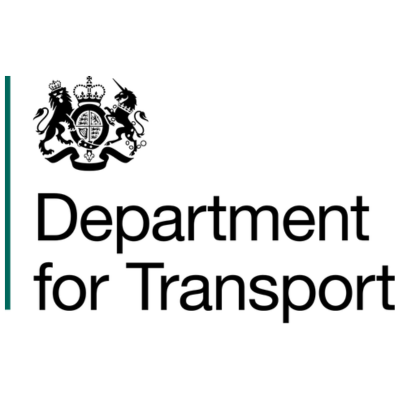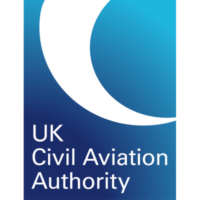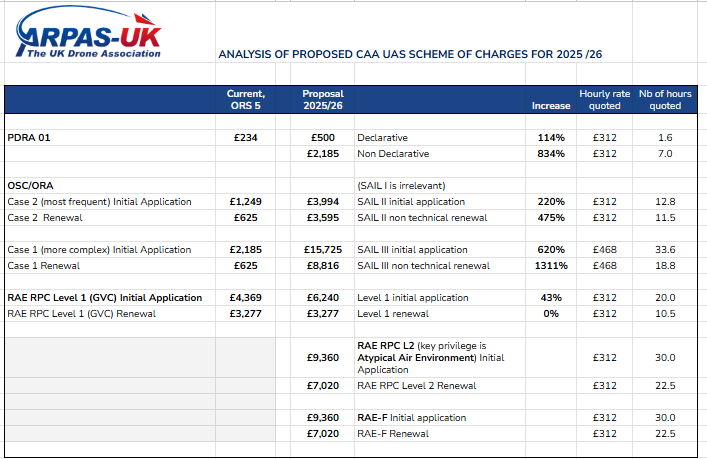Fly Smarter
The possibilities that come with drone flight are huge, but over the past five years drones equipped with Wi-Fi, ISM and other radio links have not been able to reflect the on-demand, high throughput, high availability and UK-wide connectivity we experience in our day to day lives on our mobile phones.
Enter 4G technology. By incorporating this expanded cellular capability, drones can deliver real benefits to communities and businesses, all whilst taking privacy, safety and security to new heights via bespoke products for aviation. These benefits can range from enabling HD video streaming, to providing situational awareness in real time improving the safety and efficiency of critical drone missions.
From aiding search and rescue missions, to monitoring livestock, defence solutions, infrastructure inspection and surveillance, there are many opportunities that come with 4G which can quite literally help the sky become the limit. A few of these include:
- Robust data links: which can ensure a resilient connection between the drone and pilot, maintaining control even if one link fails.
- Extended range: which enables Beyond Visual Line of Sight (BVLOS) operations, crucial for surveillance, mapping, and delivery services.
- Real-time communication: Supporting live video feeds, telemetry data, and mission updates, enhancing situational awareness.
- Remote operations: Allowing drone control from anywhere with cellular coverage, vital for tasks like search and rescue.
- Efficient data transfer: Facilitating high-speed transfer of large files, essential for aerial photography, crop monitoring, and infrastructure inspection.
But with opportunity also requires understanding – there are specific steps to follow and new regulatory landscapes to understand when utilising 4G technology at altitude. While these steps are straightforward, they are not widely known.
Step one – Ofcom licensing. Ofcom the communications regulator in the UK. They have a big part to play as they determine the rules for which mobile network operators and wireless devices need to abide by.
Up until early 2023, a trial license was required for drones using cellular networks at altitude, but Ofcom have since released specific UAS framework and license terms that allow use of cellular networks for drone operations across the UK.
The key call-outs of this UAS framework are;
- You require the Mobile Network Operators permission to use their 4G network at-altitude.
- Your hardware must not be operating on band 7 (2600Mhz) when airborne.
- There is an annual fee to pay.
More information around the terms of the license can be found here
Step two – CAA Permissions. The Civil Aviation Authority is the UK’s airspace regulator and ensure the highest safety standards are met.
Now that cellular tech has been brought into the picture, informing the CAA ahead of any drone operation utilising cellular for critical communications will most likely be necessary. Whether you are applying for a new operational authorisation or looking to utilise an existing one it’s important to make them aware of how you’re planning to use cellular as part of your ecosystem as well as any due diligence you have carried out.
At BT, we have seen first-hand the opportunity that comes with bringing together cellular connectivity and drone operations, with initiatives supporting medical delivery trials and critical infrastructure inspection already in place using the UK’s first Drone SIM. With EE the UK’s best network as our foundation, Drone SIM has tailored the connectivity experience at-altitude by developing a product that can withstand vibration, extreme weather and noisy urban environments unlocking BVLOS at a truly national scale.
To harness the power of 4G drone operators need the right hardware, the right software and of course the right cellular connectivity. BT provides certified drone hardware that complies with Ofcom’s UAS regulation to guarantee the level of compliance needed to open up the skies.
If you’re like to learn more about the real-world impact of 4G on the world of drones, get in touch with us at [email protected]
Ed Hunter: Senior Product Manager – Drone Solutions | Etc. at BT Group
14 November 2024
To read other Member Success Stories & Blogs, click here.
Fly Smarter Fly Smarter

















